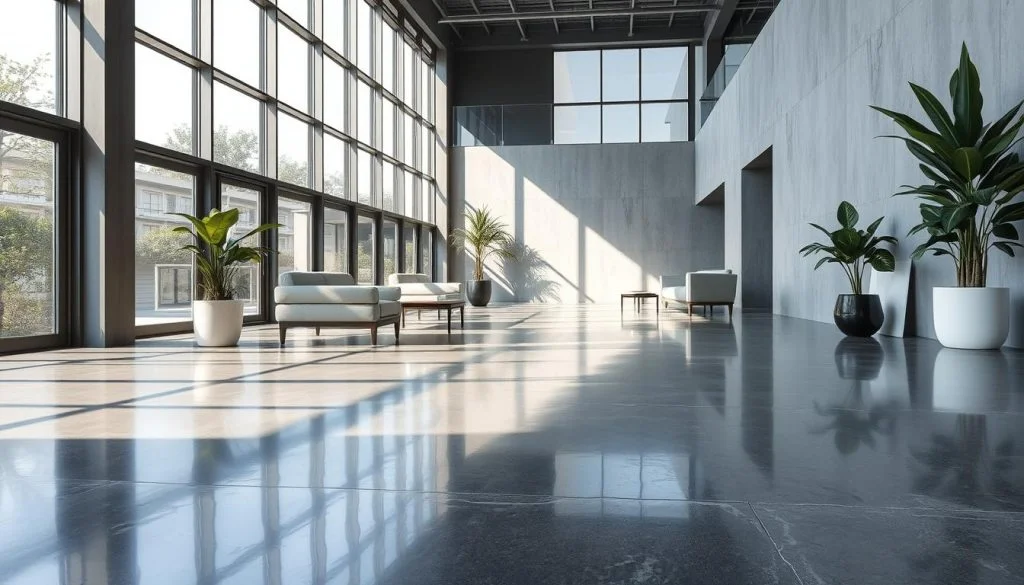At London Marble Stone, we specialize in Concrete Polishing in London, offering expert grinding, sealing, and polishing services for both residential and commercial floors.

Why Choose Polished Concrete for Your Home or Business?
Trusted by homeowners and businesses across London
Posted onTrustindex verifies that the original source of the review is Google. Highly recommended! Professional service, quick responses and fast turnaround. The marble is of amazing quality- you won’t be disappointedPosted onTrustindex verifies that the original source of the review is Google. Excellent service. Mo was very responsive throughout the process. They polished and sealed my marble worktop and left everything clean. Thanks very much.Posted onTrustindex verifies that the original source of the review is Google. Absolutely thrilled with the work from London Marble Stone! Mo and his team did a fantastic job—grinding down, cleaning, and polishing our stone to perfection. The finish is beautifully smooth and shiny. Professional, friendly, and efficient service. Highly recommended!Posted onTrustindex verifies that the original source of the review is Google. Mo was great at restoring our table to its original state. The whole process was easy and hassle free and he was friendly and efficient.Posted onTrustindex verifies that the original source of the review is Google. London Marble Stone refinished our front steps and our dining room table and did an excellent job with both! I was very nervous about the table and they did a fabulous job. They were efficient and clean.Posted onTrustindex verifies that the original source of the review is Google. Excellent service and talent! My antique marble coffee table was literally broken in two after someone sat on it. I didn't think it could be repaired. But after London Marble Stone came round and fixed it I was seriously impressed. They also polished the marble aso it looked even better than before. Thank you so much 🙏Posted onTrustindex verifies that the original source of the review is Google. What a brilliant team ! Utterly delightful and so so talented. Came to my rescue with a beautiful fireplace which had been broken by accident. They worked their magic and now the crack is barely visible. So so grateful 🙏Posted onTrustindex verifies that the original source of the review is Google. We used this company in 2 properties for marble restoration and polishing. They were very professional with excellent results, no mess left behind. I would highly recommend London marble stonePosted onTrustindex verifies that the original source of the review is Google. I would give 10 stars if I could! Incredible service, extremely professional. Before finding London Marble Stone, I had reached out to other companies for quotes, but they won me over with the confidence they conveyed, clearly demonstrating their expertise. It was the best decision I made—they are absolutely amazing, and I’m so happy with the results. I highly recommend their services! ⭐️⭐️⭐️⭐️⭐️⭐️⭐️⭐️⭐️⭐️
From marble and granite to concrete and terrazzo – our expert team uses professional-grade machines to restore shine and durability to your floors.
Lorem ipsum dolor sit amet, consectetur adipiscing elit. Ut elit tellus, luctus nec ullamcorper mattis, pulvinar dapibus leo.